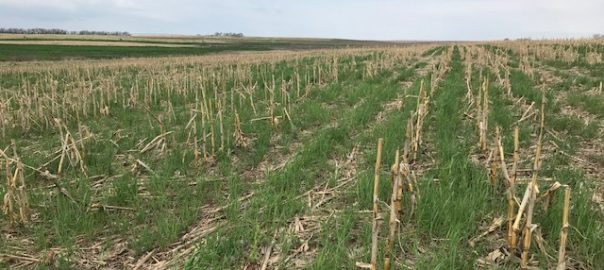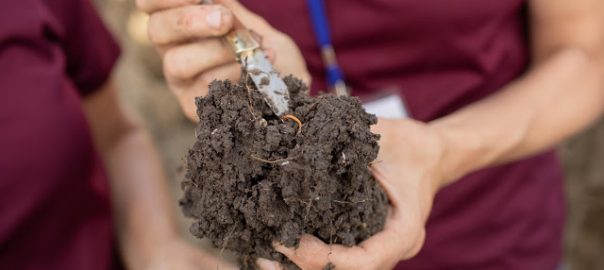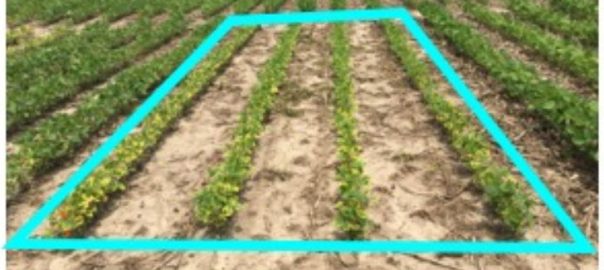Improved tool can help Midwest farmers with cover crop decisions
WEST LAFAYETTE, Ind. — Cover crops have been shown to improve water and soil quality, reduce erosion and capture nutrients. Choosing the right cover crop, however, can be difficult. The Midwest Cover Crops Council is rolling out an improved cover crop selection tool that will help farmers make those decisions.
Read More...





